
- In pictures
- In pictures
The weird folklore of British cakes
If you fancy a slice of cake with your tea this afternoon, read on to find out how your luck, health or marriage prospects might change as you munch.
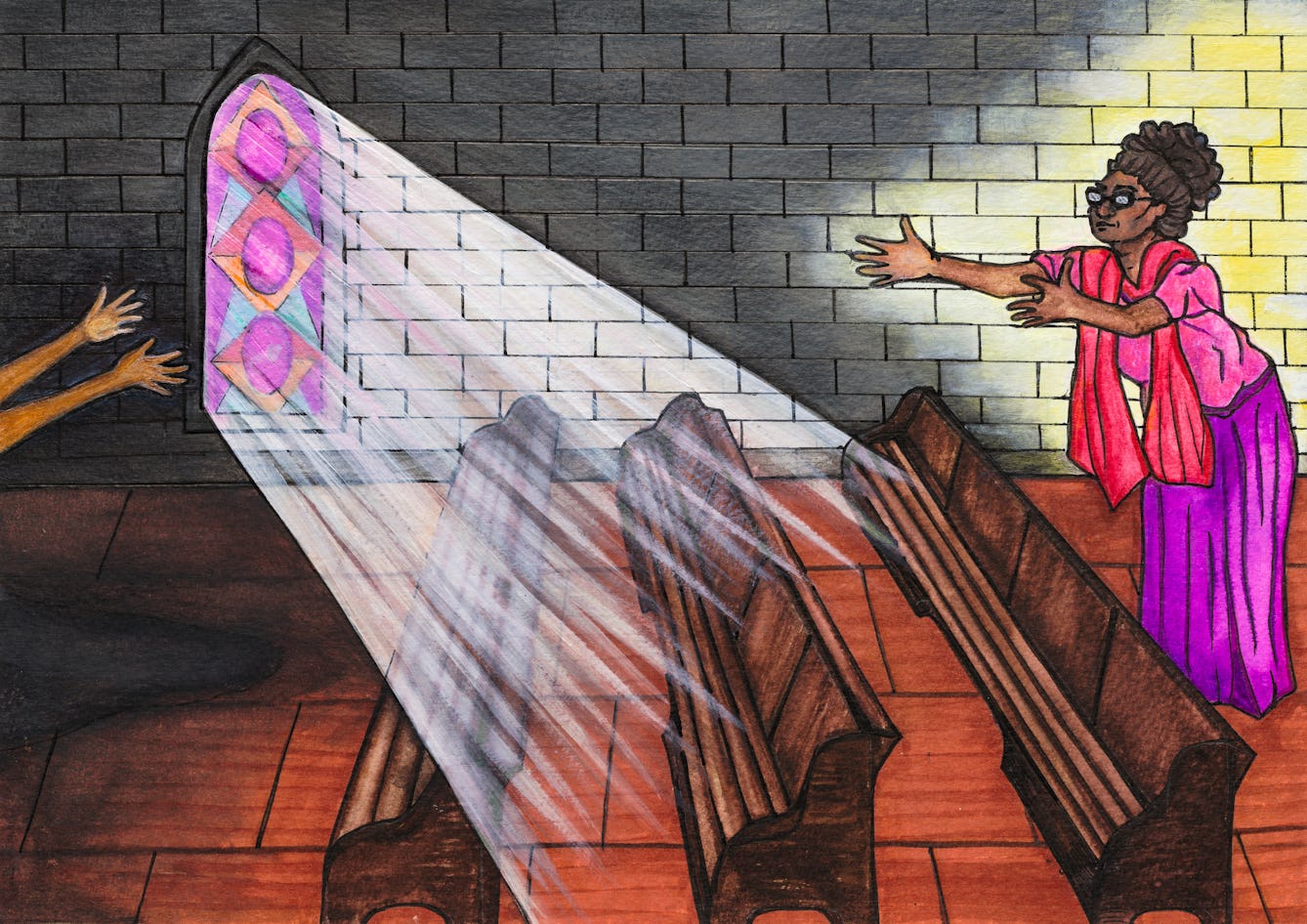
- Article
- Article
Religion and mental health
At a time of extreme distress, Jamila Pereira found that the faith she had relied on was failing her. Here she describes how she found other ways to begin healing and finding happiness.
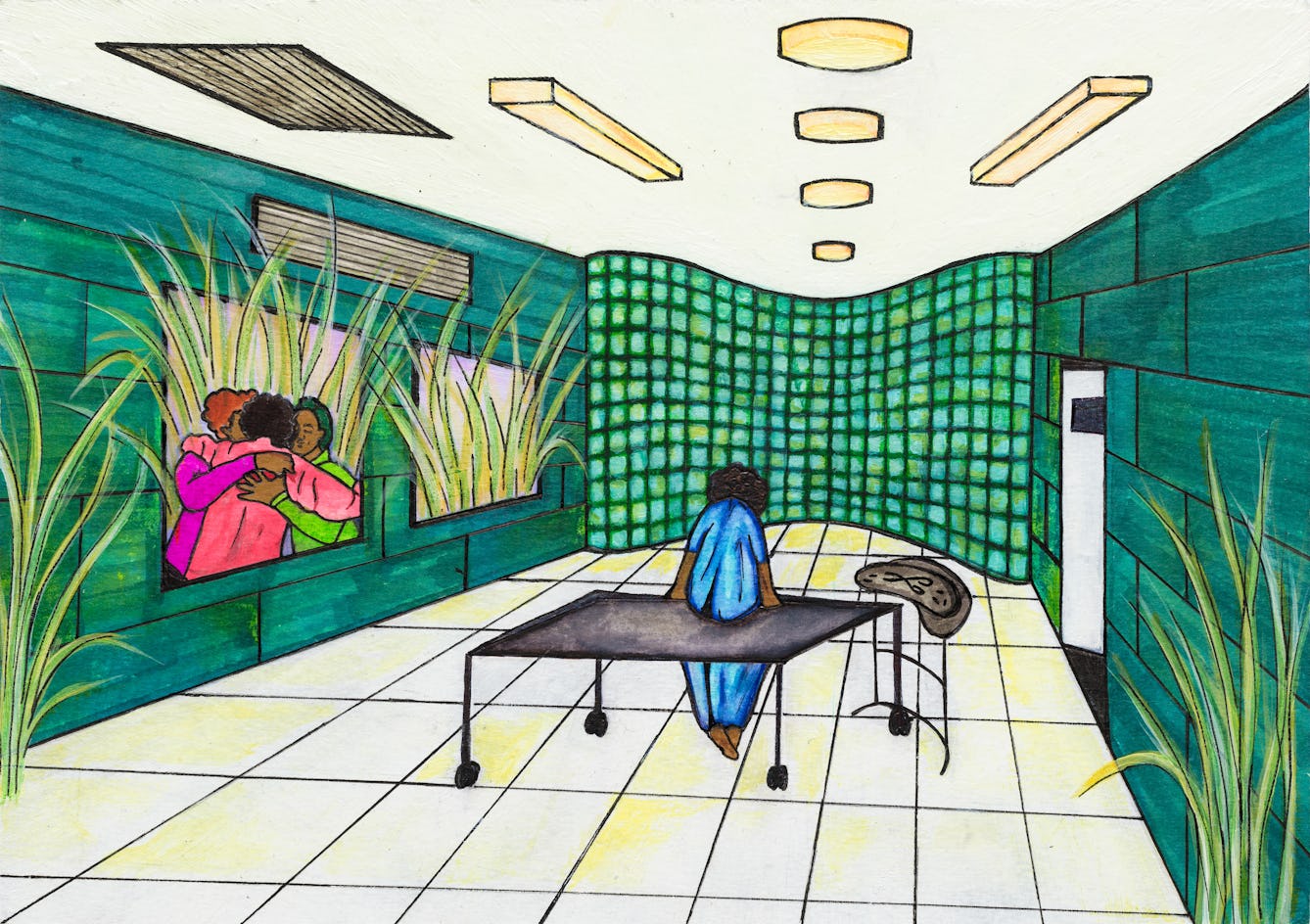
- Article
- Article
What Black women do when the NHS fails them
Sabrina-Maria Anderson explores misogynoir – hatred of Black women – within the NHS, and how women like her are consequently turning to other sources of medical support.
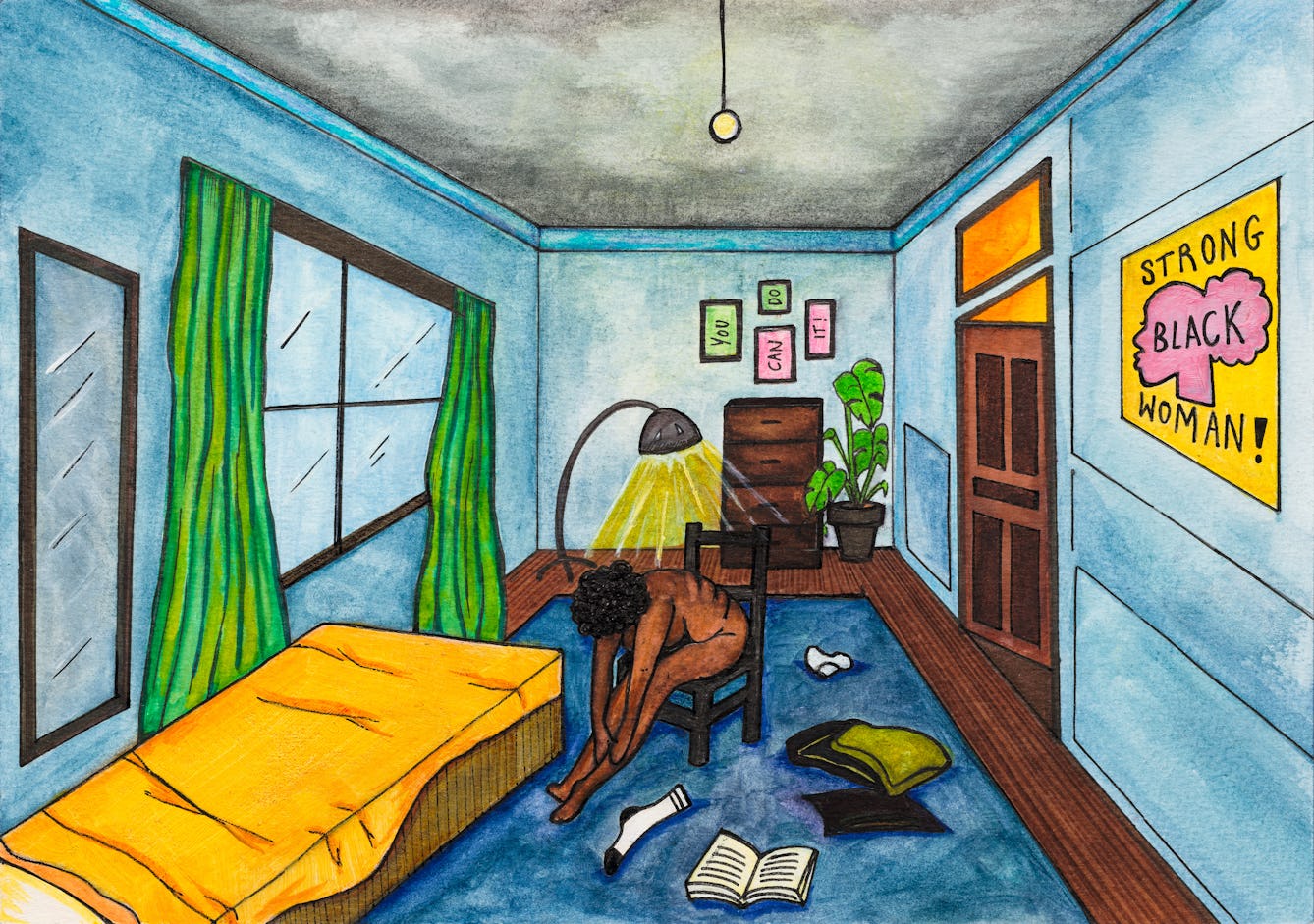
- Article
- Article
Don’t call me a strong Black woman
Her upbringing taught Jaydee Seaforth that she could never show pain or weakness, even when her internal distress was extreme. Find out how she learned to listen to her body.
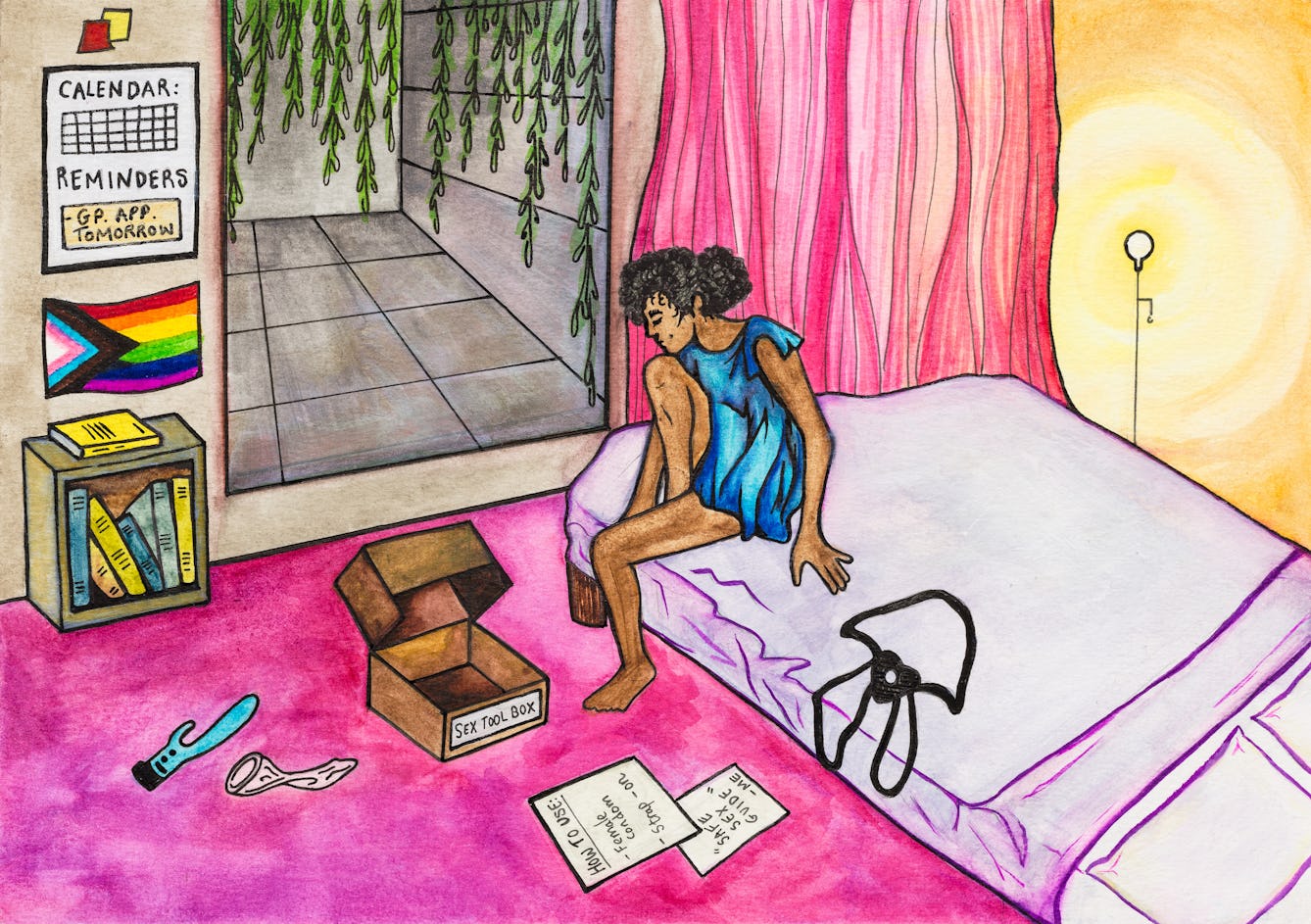
- Article
- Article
Battling the heteronormativity of sexual health
As a queer, Black women, Mary W is sick of the never-ending hetero-cycle of clinic appointments, where her needs and sexuality are always a surprise to the doctor. She calls for a revolution.
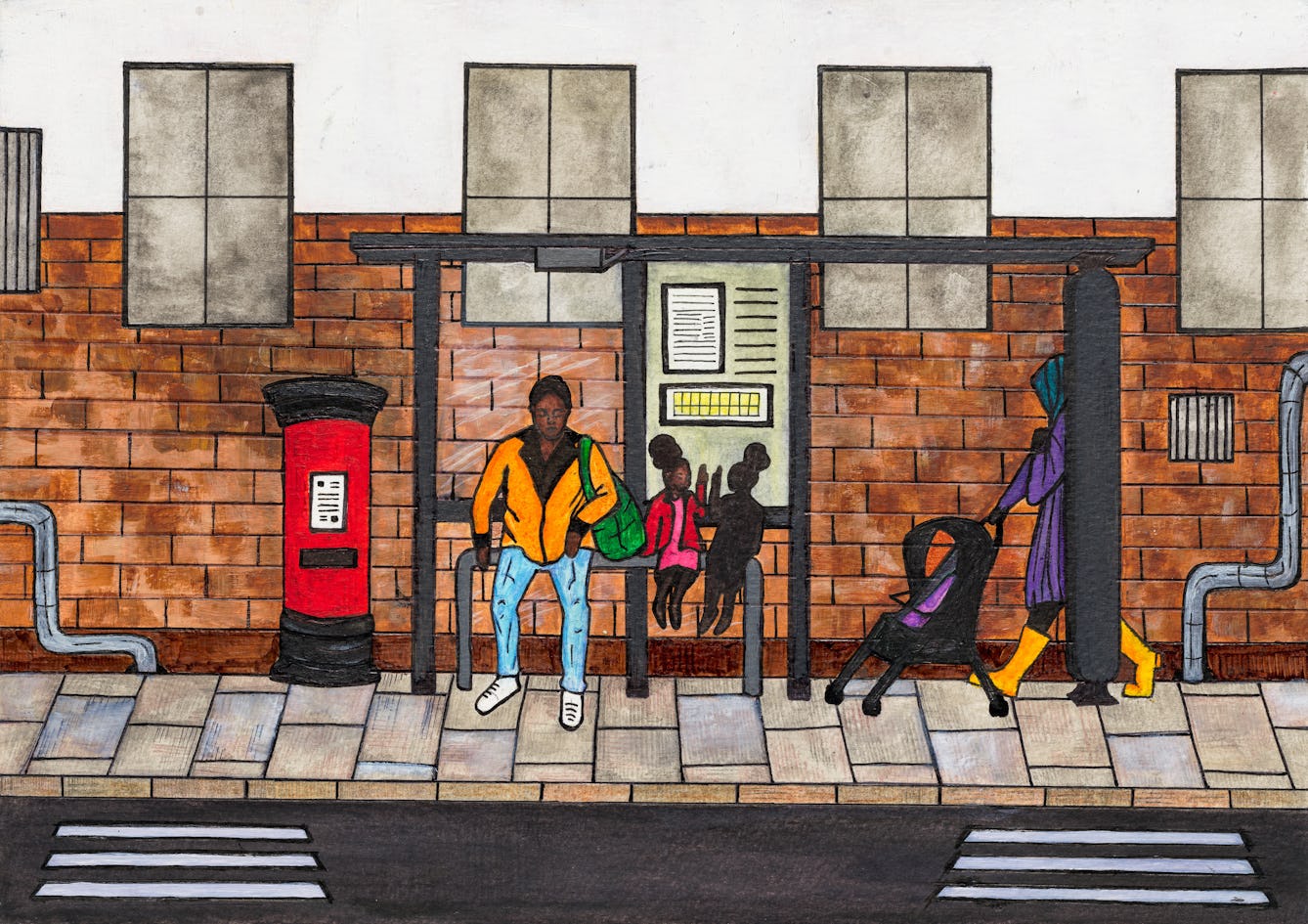
- Article
- Article
We need less ‘sickle cell warriors’ and more allies
Rejecting the epithet “warrior”, Cheryl Telfer describes the pervasive effect sickle cell disease has on her life, and calls for more people to donate blood to help sicklers.

- Article
- Article
Interpreting the Ayurvedic Man
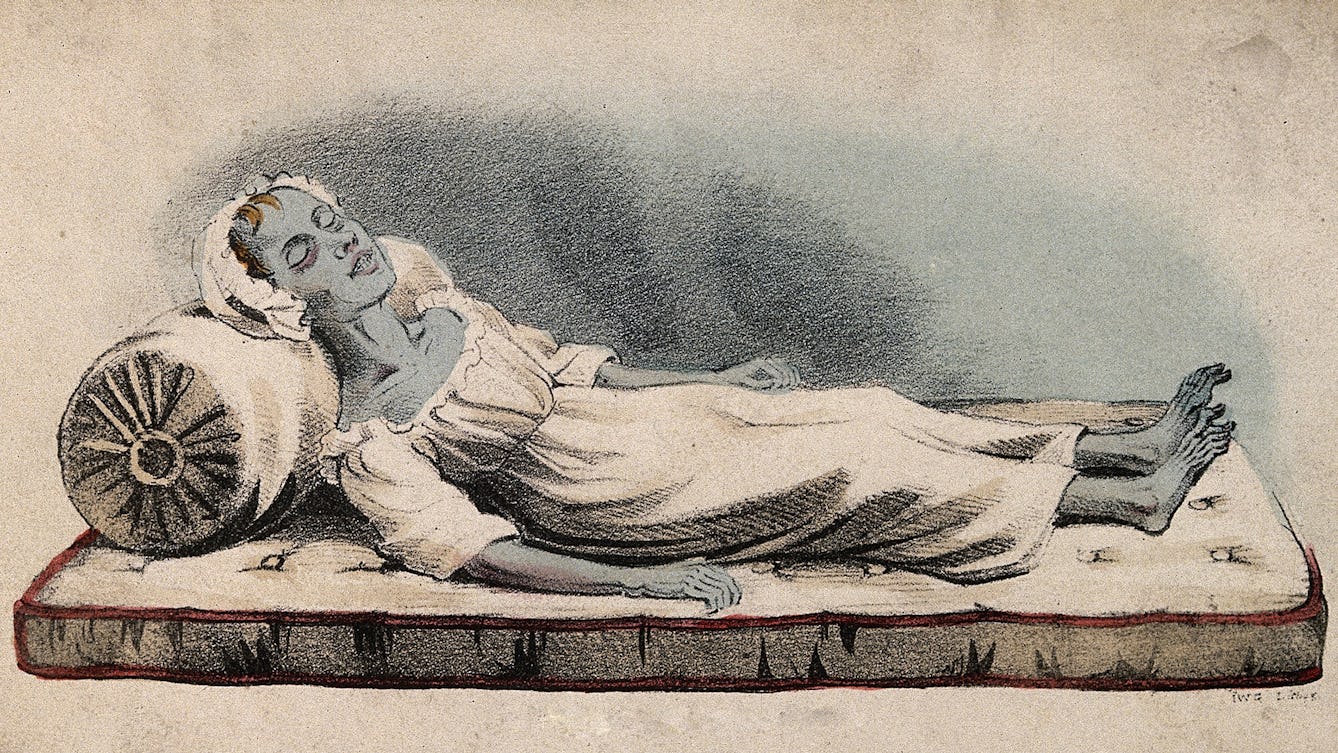
- Article
- Article
The colonist who faced the blue terror
India, 1857. In a British enclave, Katherine Bartrum watches her friend, and then her family, succumb to the deadly cholera.

- Article
- Article
Dealing with the dead after a nuclear attack
Cold War-era predictions of death on a vast scale became routine. But the British authorities were less prepared to dispose of the bodies.
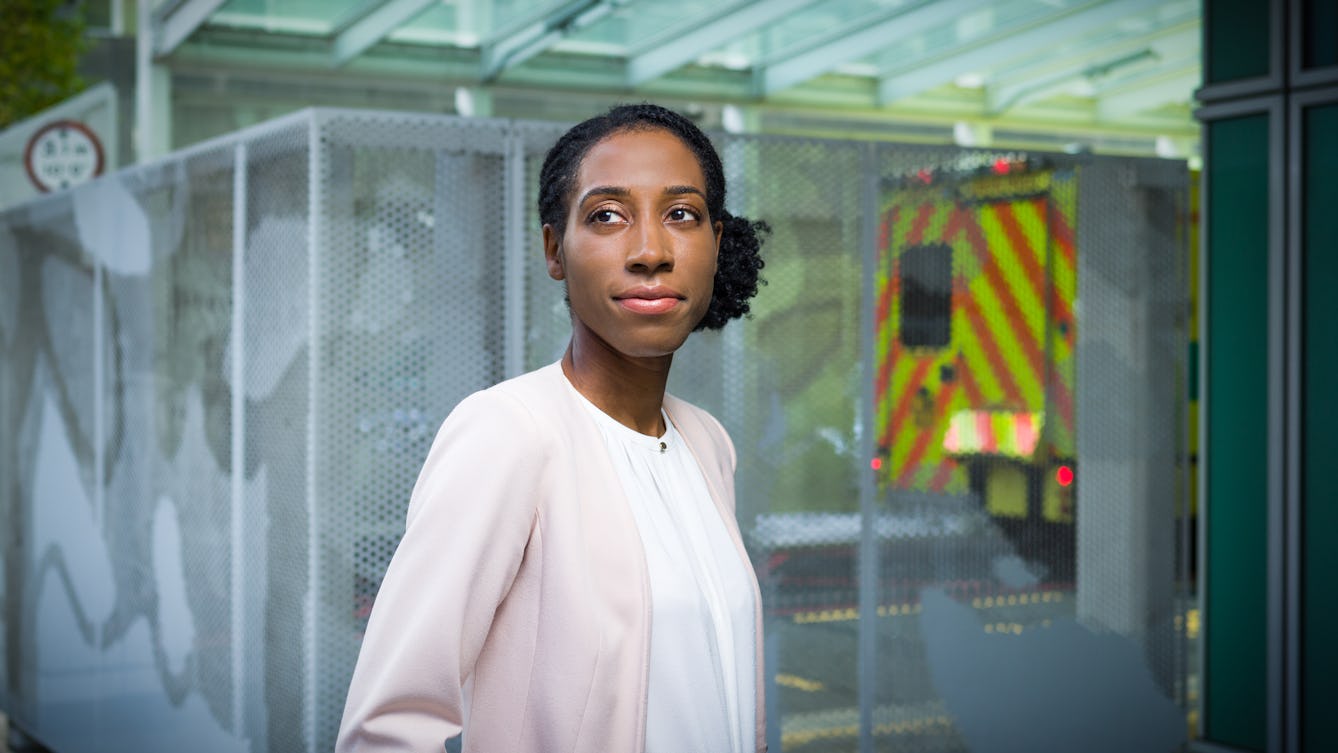
- Article
- Article
Born in the NHS
Despite underfunding, strikes and scandals, the first two decades of the 2000s has seen the British people’s love of and loyalty to the NHS soar.

- Article
- Article
‘Jessy’, a film about cerebral palsy
How the 1950s British film industry portrayed this disease.

- Article
- Article
Eugenics and the welfare state
Indy Bhullar explores the ideas of William Beveridge and Richard Titmuss, who were strongly influenced by eugenic thinking, and yet championed the idea of the welfare state.

- In pictures
- In pictures
Hookah smoking in colonial Calcutta
Hookah smoking began in the royal courts of Mughal India, and like many other local customs, it was readily adopted by British colonials in the 18th century as a symbol of wealth and status.

- Article
- Article
NHS Blue: the colour of universal healthcare
The 1980s and 1990s saw ideas from the world of business infiltrating the NHS, including the introduction of an internal market, followed by a corporate branding exercise.

- In pictures
- In pictures
Stories of Asian palm-leaf manuscripts
Wellcome’s Adrian Plau shares some the stories behind the Asian palm-leaf manuscripts in our collections. He reveals how British colonialism impacted this special form of knowledge transmission and the challenges involved in unearthing each manuscript’s origins and historical journey to Wellcome Collection.

- In pictures
- In pictures
How wartime propaganda encouraged Brits to wear masks
Unlike the UK government today, Churchill’s War Ministry presented a united front on the efficacy of mask-wearing to protect people from illness. And a 1941 propaganda film helped, with striking images created using the new art of electronic flash photography.

- In pictures
- In pictures
Euston’s lost burial ground
Closing St James’s Gardens for a new rail line required the largest exhumation in British history. Tom Bolton explores the stories of some of the people who were buried there.

- In pictures
- In pictures
In search of the real Sultan Tipu
Who was Tipu? David Jesudason explores the life of an 18th-century Indian leader, while confronting racist imagery and the destructive impact of colonialism.

- In pictures
- In pictures
The post-war adverts that tried to cure lonely women
Isolated housewives, lonely female office workers: while the 1950s saw the birth of a general concern about them, manufacturers also spotted an opportunity. Find out how advertising promised that products could salve solitude.

- In pictures
- In pictures
The Migraine Art Competition Collection
The Migraine Art Competition ran for seven years in the 1980s and resulted in over 500 unique and striking works of art that represent what it means to live with migraine.

- Article
- Article
Unravelling genetic origins from the potato to cinchona
Starting with the humble potato, Nataly Allasi Canales reveals how researchers unearth the genetic origins of modern plant varieties, and explains why their work is so important for biodiversity.

- In pictures
- In pictures
Sex and syphilis
Before antibiotics, syphilis unleashed centuries of misery, countered by desperate but largely useless remedies. With the spread of syphilis on the rise, it’s worth remembering what our forebears suffered.

- Article
- Article
The secret lives of Britain’s first Black physicians
Dr Annabel Sowemimo explores the web of connections between early Black British doctors, the role of empire in West Africa and the pernicious reach of scientific racism.

- Article
- Article
Making sunstroke insanity
Medical historian Dr Kristin Hussey takes a closer look at sunstroke and mental illness, and how, in the late 19th century, they connected at the crossroads of colonial science and the idea of whiteness.
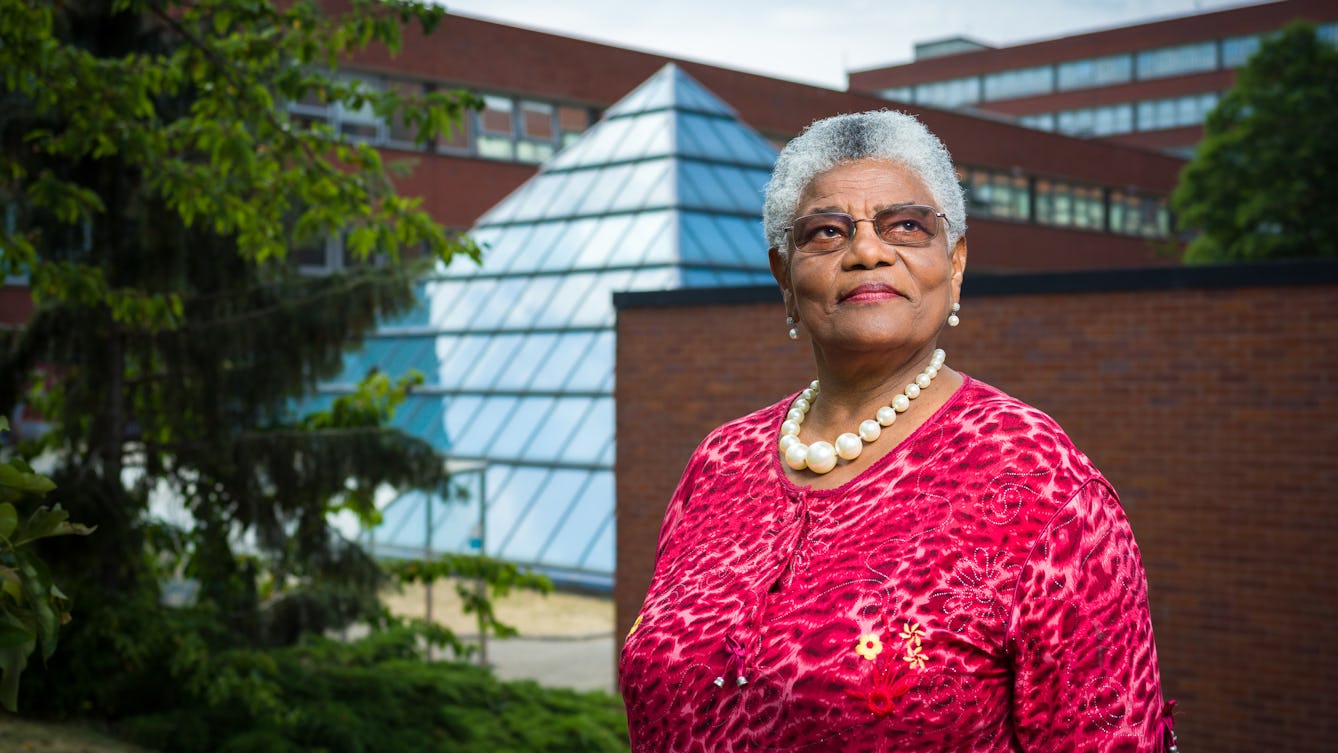
- Article
- Article
Medics, migration and the NHS
In the 1960s the NHS became Britain’s biggest employer. So to help fill all those jobs, the government brought in thousands of workers from abroad.